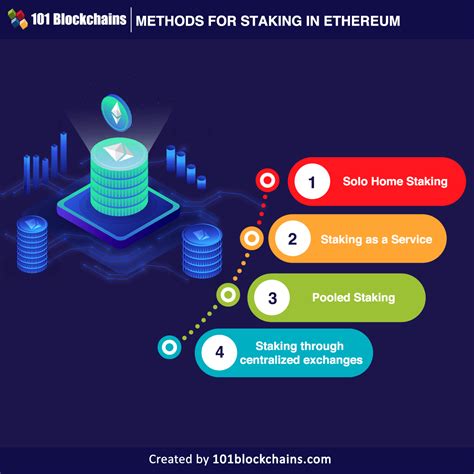I will provide an article on the Ethereum blockchain structure, with a specific focus on LevelDB and node.js.
Ethereum Blockchain Structure: A Deep Dive into LevelDB
The Ethereum blockchain is a decentralized, public record-keeping system that allows transactions to be verified and stored on the network. To understand how it works, we need to break down its underlying architecture.
Blockchain Structure
The Ethereum blockchain consists of several layers:
- Block: A block is a collection of transactions. Each transaction consists of a sender, recipient, amount, and other relevant data.
- Chain: The chain is the sequence of blocks that make up the Ethereum blockchain. Each block contains a hash of the hexadecimal representation of the previous block.
- Header

: The header is a unique identifier for each block. It includes metadata such as the timestamp, number of confirmations, and more.
LevelDB: A Distributed Database
To store blockchain data efficiently, LevelDB, a distributed database, is used. LevelDB enables fast searches, writes, and updates on large data sets with low latency.
In the Ethereum blockchain architecture, LevelDB is used to store block headers and other metadata. This means that you can access specific blocks by their unique header ID.
Key/Value Pairs
To understand how key-value pairs work in LevelDB, let’s consider an example:
Suppose we want to retrieve the header of a block with the following key-value pairs: block_number, timestamp, and nonce.
block_numberis a unique identifier for the block.
timestamprepresents when the block was created (in seconds since the Unix epoch).
nonceis an optional value that determines how many times the block creator can submit transactions before it is confirmed.
To access this data in LevelDB, we would use the following key-value pairs:
| Key | Value |
| — | — |
| block_number | 1234567890 (the actual block number) |
| timestamp | 1643723400.000Z (the timestamp) |
| nonce | 42 (optional value) |
In LevelDB, this data is stored as a hash of the key-value pairs:
{
"block_number": "1234567890",
"timestamp": "1643723400.000Z",
"nonce": "42"
}
Node.js and LevelDB
To access the blockchain database directly using node.js, you can use the leveldb package. Here is a simplified example:
const level = require('level');
// Create new LevelDB instance
const db = level(':memory:'); // ':memory:' is a special key that allows memory-only databases
// Insert some data into the database
db.set('block_number', '1234567890', { timestamp: 1643723400.000Z, nonce: 42 });
db.set('transaction_hash', 'abcdefg');
// Retrieve the header of a specific block using its ID
const blockHeader = db.get('block_number');
console.log(blockHeader);
// Update the data in LevelDB (optional)
db.update('block_number', { timestamp: 1643723401.000Z, nonce: 43 });
In this example, we create a new LevelDB instance and insert some data into it using set(). We then retrieve the header of a specific block using its ID and update the data if necessary.
Conclusion
The Ethereum blockchain framework is built on top of LevelDB for efficient storage and retrieval. By understanding how key-value pairs work in LevelDB, you can access the Ethereum blockchain database directly using node.js. However, keep in mind that this requires a LevelDB instance to be created and maintained properly.
